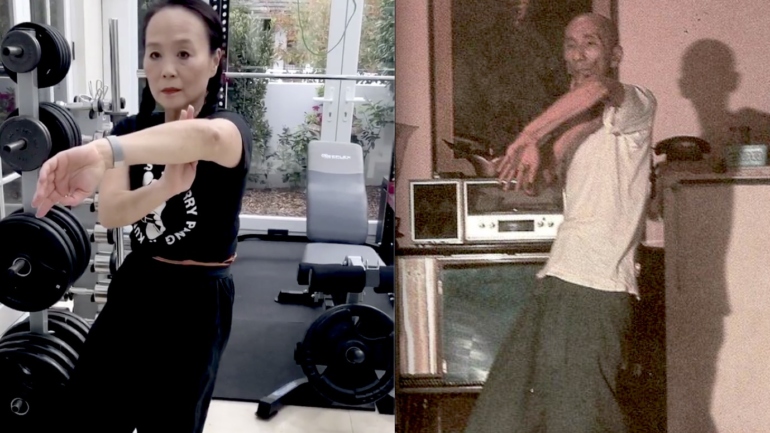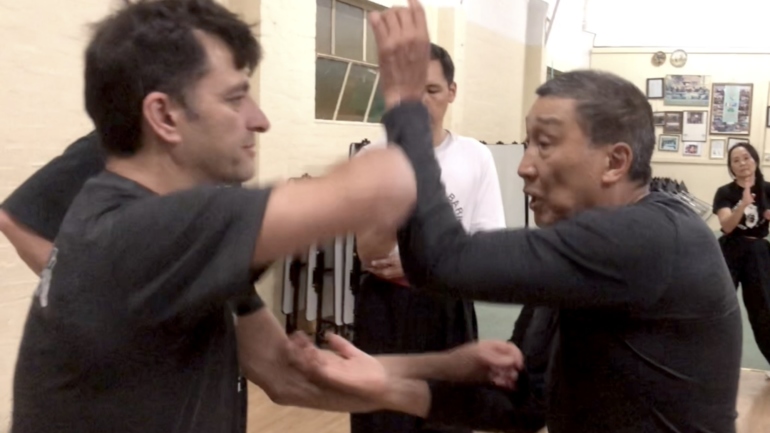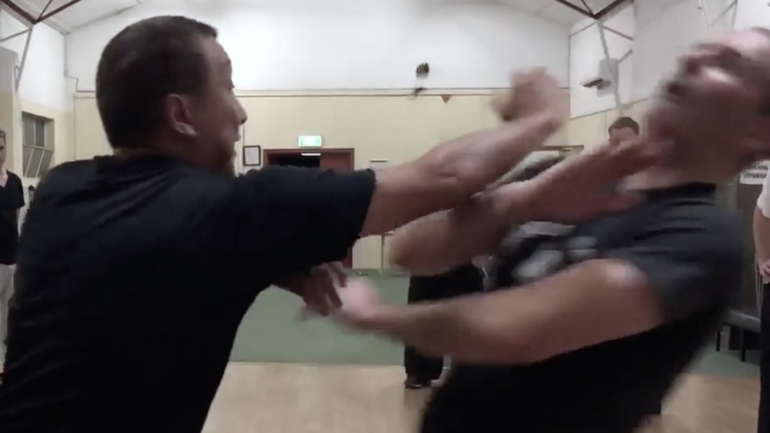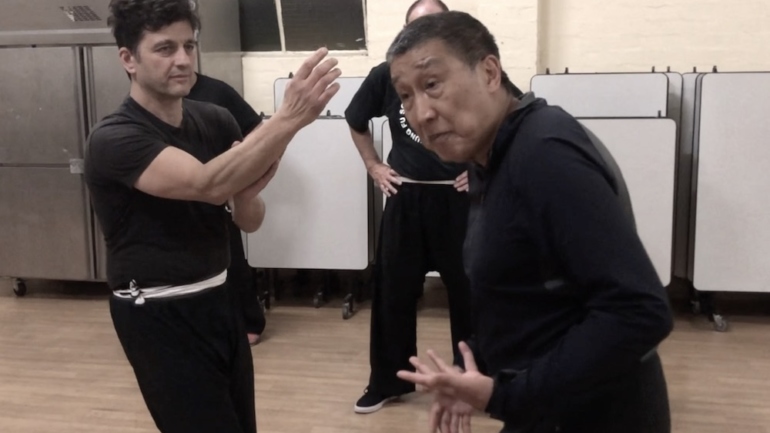Wing Chun uses high-speed, flowing punches to overwhelm opponents. This creates the problem of defending against such speed. The solution is found in the second form. Wing Chun’s second form, Chum Kil 尋橋 (Finding the bridge), teaches stepping,…


Wing Chun uses high-speed, flowing punches to overwhelm opponents. This creates the problem of defending against such speed. The solution is found in the second form. Wing Chun’s second form, Chum Kil 尋橋 (Finding the bridge), teaches stepping,…

Sil Lum Tao is critical to Wing Chun practice as it builds the correct foundations. It provides the strength, conditioning and techniques that are essential before learning anything else. Ip Man organised the Wing Chun system to ensure…

Wing Chun’s unique forearm sensitivity-training exercise often devolves into soft rollover habits. However, in applied kung fu, Chi Sao practice has to be far more assertive. Given that real self-defence situations are high pressure, forceful encounters with wild…

Wing Chun’s Lap Sao is an important drill to develop the instinct to clear the path. However, many practitioners lack true intent, reducing the technique to a soft rollover routine. Sifu Barry Pang explains that in Lap Sao…

The first section of Chum Kil introduces the pivot and a rigid Bong Sau movement. The second takes it further, teaching kicks, stepping and sophisticated hand-feet coordination. Sifu Barry Pang explains that what comes first in Wing Chun…

Wing Chun’s most advanced form starts with a widely misunderstood grabbing technique. This underscores the importance of layered learning where it comes to developing skill in a sophisticated martial art. The Wooden Dummy Form (Muk Yan Jong 木人樁)…

Chum Kil is critical to Wing Chun practice as it introduces movement and coordination. It teaches mobility, after having learnt the basic hand techniques from the first form’s static position. A key Wing Chun principle is to contact,…

Once the hands are in contact, Chi Sao provides the tools to react to an incoming attack without thinking. However, the specific drill that develops this reflex is not widely taught or understood. Sifu Barry Pang explains the…

In real self-defence situations, free exchanges of blows are common. This is low-percentage fighting. In Wing Chun, the principle that practitioners strive for is to intercept the hands and gain the best position for attack. Sifu Barry Pang…

Grandmaster Lam Yiu Gwai could move in and strike an opponent before they could lift their guard. Their safe distance was undone by his instant forward velocity. Sifu Barry Pang explains that most strikes in martial arts involve…